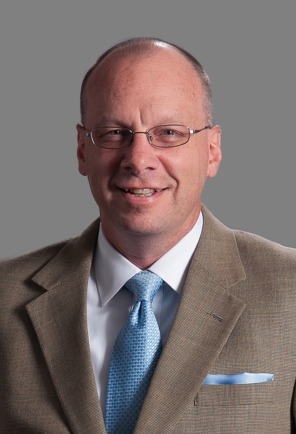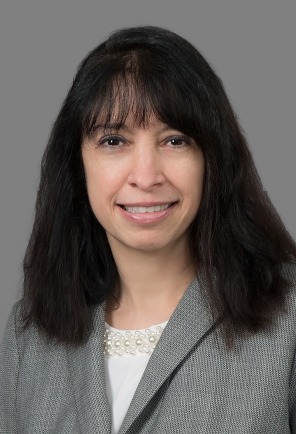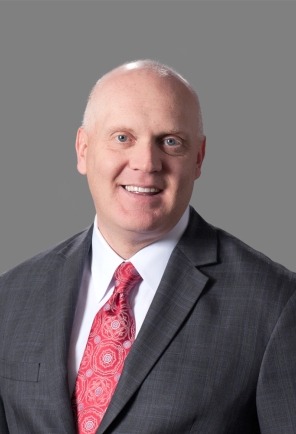IRS Clarifies Section 174 Regulations
2013 - Issue 38—On September 5, 2013, the IRS issued proposed regulations that are intended to clarify what most taxpayers already understood to be correct for the past 60 years. In particular, the proposed regulations, if adopted, make abundantly clear that the ultimate use of a product does not alter the nature of the expenditures incurred by the taxpayer to eliminate uncertainty. The proposed regulations also address pilot models, introduce a “shrink-back” rule for deductions similar to those in place for the research credit, and affirm the view that unless shrink-back applies, research and experimental activities cease once no uncertainty remains. This edition of Tax Advisor Weekly addresses the ultimate use of the product and the pilot model clarifications.
Background
In 1954, Congress enacted Section 174 to provide taxpayers with an incentive to conduct research activities and to eliminate confusion and controversy. Prior to 1954, many taxpayers were required to capitalize research or experimental expenditures and recover the basis of these capitalized costs via amortization or depreciation, if a useful life was determinable. If a useful life was not determinable, then these costs were not recoverable through periodic amortization or depreciation and could only be recovered if and when the resulting asset was sold or otherwise disposed of.
Section 174 was enacted to encourage taxpayers to conduct research activities by providing certainty about the deductibility of their research expenses. In general, unless a taxpayer elects to defer and amortize its research expenses, Section 174 provides that a taxpayer is entitled to deduct, in the year paid or incurred, any research or experimental expenses incurred in connection with its trade or business that are reasonable under the circumstances. Surprisingly, Section 174 does not define what constitutes research or experimental expenditures, despite Congress’s goal of providing certainty in this area.
In 1994, the IRS finally promulgated regulations that defined this term. In relevant part (Section 1.174-2) the regulations provide that research and experimental expenditures means:
A) Research and development cost in the experimental or laboratory sense;
B) All costs incident to the development or the improvement of a product, including costs of obtaining a patent;
C) Experimental or laboratory sense means activities undertaken to eliminate development or improvement uncertainty;
D) Uncertainty can relate to capability, method or design of the product; and
E) The nature of the product, the improvement or the technological advancement it represents is not important — only the nature of the activities being conducted is important.
Clarifications
The proposed regulations add two additional points that we believe most taxpayers and practitioners already understood to be the case:
F) The ultimate success, failure, use or sale of the product is not relevant to the determination as to whether the expenditures are Section 174 expenses; and
G) Costs may be eligible under Section 174 if paid or incurred after production begins but before uncertainty concerning the development or improvement of the product is eliminated.
In addition, the proposed regulations also clarify the definition of “pilot model.” Prior to these proposed regulations, a product included items that were “pilot models,” but the existing regulations do not define this terminology. The proposed regulations explain that a “pilot model” means any representation or model of a product that is produced to resolve uncertainty concerning the product. The clarification also states that fully functioning representations and models qualify as pilot models, with a caveat included about the possibility that shrink-back may apply.
Why the Clarification Was Needed
Most taxpayers already believe that circumstances encountered after the conduct of research should not retroactively alter the nature of the original deduction itself. However, many IRS Exam teams have routinely proposed various adjustments to alter the nature of the deduction, usually denying that the expenditures under examination were Section 174 expenditures. The reason that Exam teams asserted these proposed adjustments is that a cost must qualify as a deductible Section 174 research expense in order for it to be considered as qualifying for the Section 41 tax credit. The preamble to the proposed regulations frankly states that this clarification was needed in order “to counter an interpretation that section 174 eligibility can be reversed by a subsequent event.” Ironically, the only parties proposing such reversals were IRS Exam teams, supported by their technical advisors.
Proposed Exam adjustments have taken many creative forms over the years. Prior to TG Missouri (133 T.C. 278 (2009)), Exam often asserted that products were depreciable regardless of their use. This reasoning was dismissed by the Tax Court in TG Missouri, when it held that the determination of depreciability can only be made by taking into account the property’s intended use by the taxpayer. Tangible property may be depreciable in one taxpayer’s hands, while representing a cost of goods sold if held by another taxpayer.
Other proposed adjustments attempted to factor in the sales or scrap value of property that resulted from a research activity. So for example, if a research activity resulted in property that could be used as feedstock for a manufacturing process, adjustments have been proposed to reduce the amount of current-year research expenditures by current-year sales of property that was previously the result of research expenditures.
What to Expect Next
Written comments have been requested by the IRS, and if necessary, a hearing will be conducted. It is likely that given the reasons for these proposals, namely that these clarifications are needed to further the intent of the 1954 statute, taxpayers will more than likely ask for other clarifications. However, these are deduction regulations, not credit regulations, so the array of sought-after clarifications will be shortened somewhat. Candidates for additional clarification likely include:
- Prototypes — Much of the debate between Exam and taxpayers concerns prototypes. Expect to see taxpayers request that the term prototype be expressly defined, as that terminology is more commonly used by businesses today than pilot model. Additionally, “multiple prototypes” may again surface as a point of contention that requires further explanation by Treasury.
- Whether Union Carbide, T.C. Memo 2009-50, aff'd, 697 F.3d 104 (2d Cir. 2012), cert. denied, No. 12-684 (U.S. 3/18/13), and its “indirect supplies” theory has any bearing on these proposed regulations.
- Whether taxpayers are required to account for sales of products as a contra-Section 174 expense.
- Whether “unintended” ultimate use is equally unimportant as intended ultimate use, as long as the manufacture of the product is necessary to resolve uncertainties.
Alvarez & Marsal Taxand Says:
It is refreshing to see that this IRS management team recognizes that much of the current taxpayer-IRS research expense controversy often stems from “left-field” interpretations by its rank-and-file Exam teams. Perhaps these proposed regulations are the first of much needed steps necessary to eliminate such confusion and controversy, as opposed to past ineffective actions that usually fueled disagreement and resulted in wasted resources for both the IRS and taxpayers.
Disclaimer
As provided in Treasury Department Circular 230, this publication is not intended or written by Alvarez & Marsal Taxand, LLC, (or any Taxand member firm) to be used, and cannot be used, by a client or any other person or entity for the purpose of avoiding tax penalties that may be imposed on any taxpayer.
The information contained herein is of a general nature and based on authorities that are subject to change. Readers are reminded that they should not consider this publication to be a recommendation to undertake any tax position, nor consider the information contained herein to be complete. Before any item or treatment is reported or excluded from reporting on tax returns, financial statements or any other document, for any reason, readers should thoroughly evaluate their specific facts and circumstances, and obtain the advice and assistance of qualified tax advisors. The information reported in this publication may not continue to apply to a reader's situation as a result of changing laws and associated authoritative literature, and readers are reminded to consult with their tax or other professional advisors before determining if any information contained herein remains applicable to their facts and circumstances.
About Alvarez & Marsal Taxand
Alvarez & Marsal Taxand, an affiliate of Alvarez & Marsal (A&M), a leading global professional services firm, is an independent tax group made up of experienced tax professionals dedicated to providing customized tax advice to clients and investors across a broad range of industries. Its professionals extend A&M's commitment to offering clients a choice in advisors who are free from audit-based conflicts of interest, and bring an unyielding commitment to delivering responsive client service. A&M Taxand has offices in major metropolitan markets throughout the U.S., and serves the U.K. from its base in London.
Alvarez & Marsal Taxand is a founder of Taxand, the world's largest independent tax organization, which provides high quality, integrated tax advice worldwide. Taxand professionals, including almost 400 partners and more than 2,000 advisors in 50 countries, grasp both the fine points of tax and the broader strategic implications, helping you mitigate risk, manage your tax burden and drive the performance of your business.
To learn more, visit www.alvarezandmarsal.com or www.taxand.com





